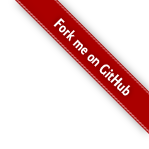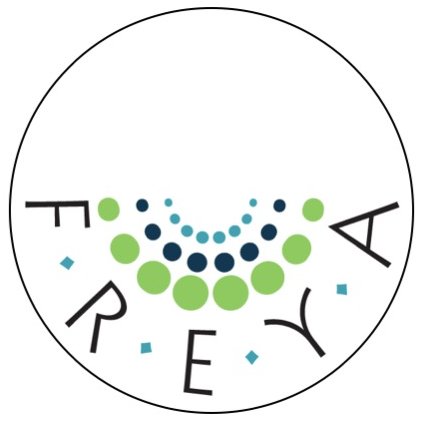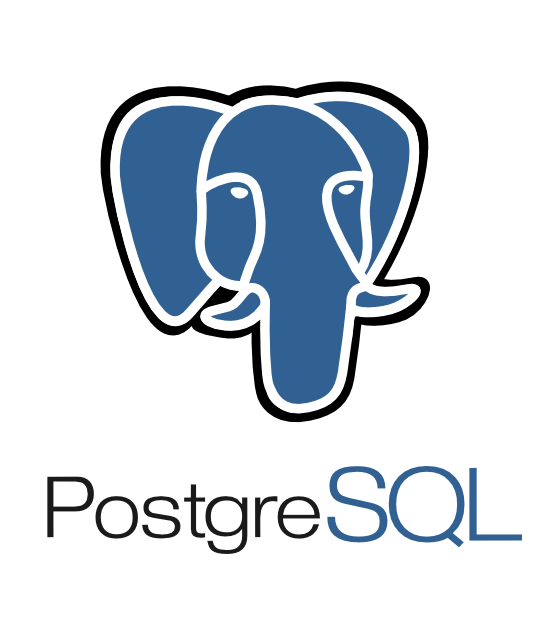
For those following Known’s bleeding edge repo should be interested in a number of changes recently merged in.
First is tentative support for the new PHP 8, released at the end of last month. At the time of writing, we’re still waiting for Travis CI to catch up, but it seems to be working ok.
Second, is a fairly large set of data model changes which sets the stage for some work we hope to do next year.
First, I’ve switched away from the Mongo inspired md5s (on MySQL at least) to using v4 UUIDs for object addressing. This is more industry standard, and is wider supported.
Second, I’ve introduced a site collection. This identifies the site’s host, and gives us a nice entity to hang site specific information off of in the future. Crucially, entities will now be tagged with the site they were created on in a persistent way.
One immediate thing this gives us is a much more robust way for doing multi-tenant in a modern cloud environment.
My intention is to build on this concept going forward, and possibly even use it as an addressing mechanism for reader functionality.
Anyway, heads up if you’re following master. Take a backup before updating!


